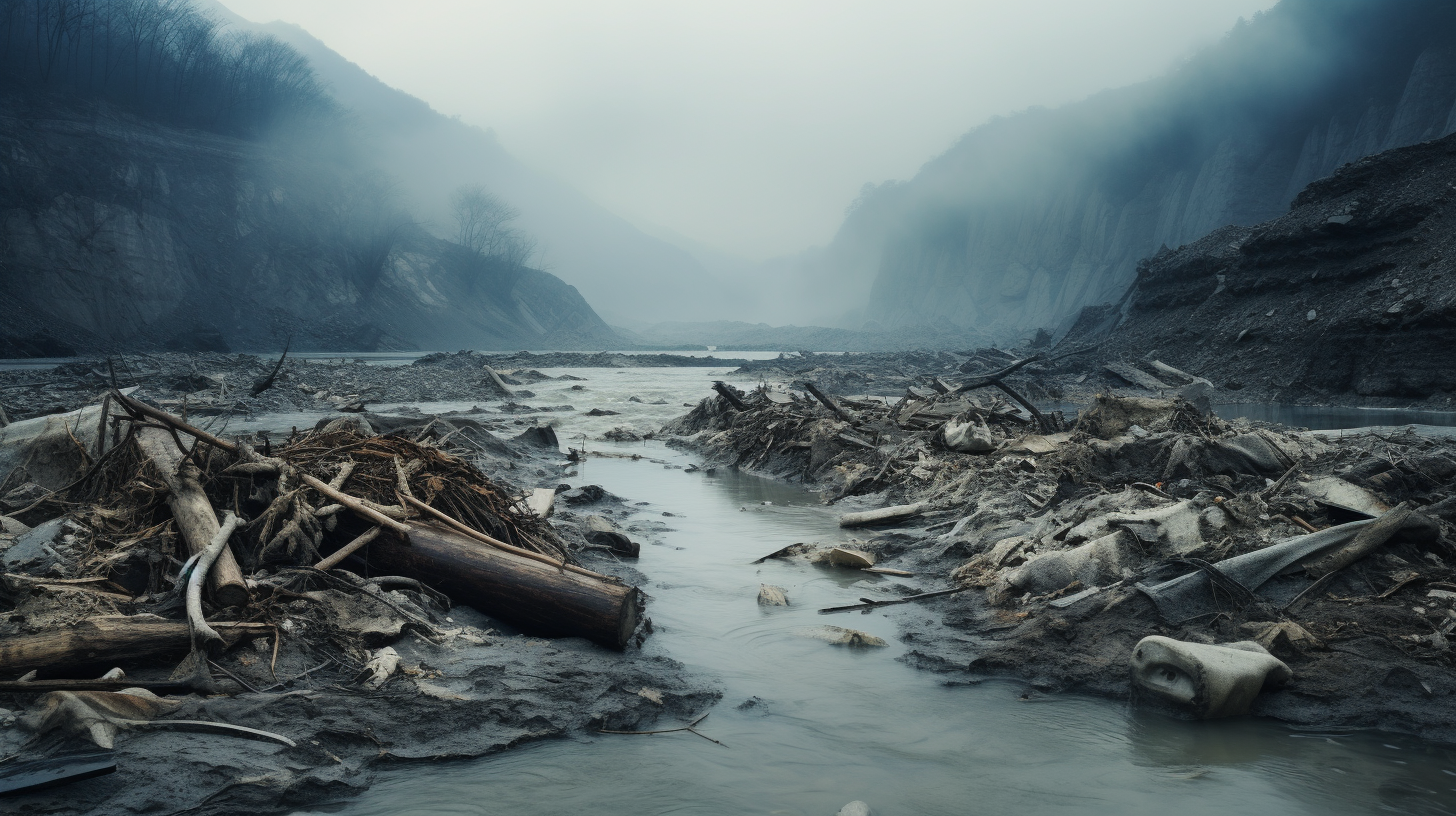In a world where the term ‘river’ is on the brink of becoming an entry in the history books, there exist still, against all odds, slivers of meandering hope – the last free-flowing waters. These are the silent rebels in the face of the concrete chokeholds, resisting the strangle of dams, the poison of pollutants, and the scars of human recklessness. But these survivors face an impending doom, a slow death march that is documented in our latest exposé, ‘The Descent of Rivers.’
Their story is not a fairy tale with a happy ending lying just around the riverbend. Rather, it serves as a grim reminder of what once was and, more painfully, what will never be again. The free-flowing rivers – oasis in a parched landscape of despair – are not just bodies of water; they are the last testament to an ecosystem that once thrived under the gentle caress of untamed currents.
As we trace the paths of the rivers that still run free, from the upper reaches of the Amazonian tributaries to the isolated streams of the Siberian taiga, we witness the biodiversity that clings to life at their banks. These are ecosystems hanging by a thread, their existence as precarious as the waters they depend on. Yet, within their fragile bounds, they support unique species and indigenous communities whose culture and survival intertwine with the rhythms of the river.
Through the lens of our somber narrative, we visit communities that have already witnessed the dying gasps of their aquatic lifelines. Their tales – spoken through weary lines of resigned acceptance – resonate with the ‘liquid mourning’ for the Colorado River Basin, harkening back to our prior coverage of the ‘Vanishing Veins.’ They share kindred spirits with the ‘Hydroraiders,’ those forced into theft in a quest for survival, a role reluctantly embraced in this twilight of water wealth.
We must, however, confront the harsh realities and the tough questions. What are the consequences of losing these final free-flowing arteries? The unraveling of ecosystems, the vanishing of traditional ways of life, and the onset of ecological amnesia present a bleak tableau of the future.
Yet, amidst this dirge for the departed, we find strange bedfellows. Much like the ‘silent scourge’ of roaming radiation interwoven through the very sinew of our lands, as chronicled in an earlier piece, these last rivers carry with them, not only life, but also the residues of our follies: microplastics, heavy metals, and whispers of radioactive elements from upstream abandonments.
Our documentation of these rivers is not merely a record of what remains; it is a reflection of what is at stake – a heritage we stand to lose, a natural wealth we once squandered thoughtlessly.
To those who will never feel the cool embrace of a river’s flow or watch life flourish in its transparent depths, our words might seem apocalyptic. Yet, they are rooted in the melancholic truth of this Green Dystopia. They are carved not to inspire action, for the hour is late and the night, deep-set, but to etch a memory of these waters before they too are lost to the annals of history.
The descent of rivers, slow and unrelenting, is testament enough to the cost of our intransigence. In their passing, we lament not only the waters but what they once sustained – a world rich in wonders, now a canvas of grief and reflection.
In closing, one cannot help but ponder the irony as we chronicle the stoic endurance of the last free rivers. Do they flow with a sense of tragic triumph, their waters laughing in the face of our calamity, or is their persistence but a somber march to join their brethren in the depths of oblivion? This, perhaps, is the question we leave our readers to contemplate – a silent aria to accompany the swansong of Earth’s last tears.
